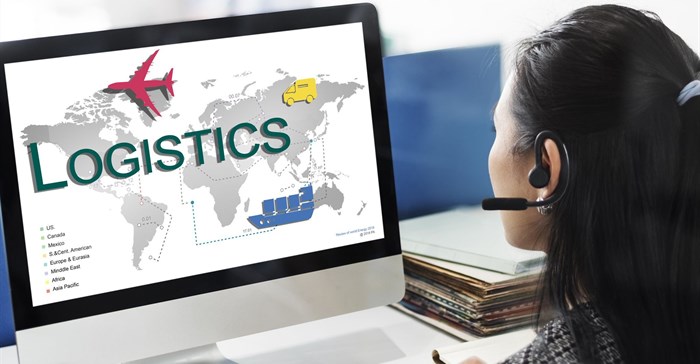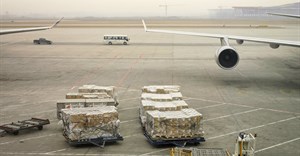Trending
Elections 2024
Jobs
- Procurement Manager - CIPS Cape Town
- Warehouse General Worker George
- Warehouse Team Leader George
- Trainer - Driver Code 14 Cape Town
- Code 14 driver Johannesburg
- Logistics/Stock Intern Centurion
- Driver Johannesburg
Building the ideal tech stack for your digital transformation logistics environment

But how should logistics specialists go about building the ideal technology stack to assist in this digital transformation of what many has considered to be a legacy-driven environment? The answer is not as straightforward as installing solution X or buying product Y.
The reality is that ports remain congested, labour and freight costs are increasing, and delivery timescales are contracting to higher than pre-pandemic levels. Further, customers have more demanding fulfilment expectations than ever. This makes identifying the right technologies critical for logistics operators looking to improve their trading position.
But beyond the technology, the industry must embrace a culture of openness. This requires greater collaboration and cooperation between supply chain partners, third-party providers, and even competitors. If anything, a partnership-driven approach will mitigate against many of the challenges the industry is facing. The most successful logistics providers are the ones focusing on putting in place an ecosystem of partners to enable them to keep focused on their logistics expertise. Those that choose to go alone must deal with more radical business transformation as enforced upon them by increasingly demanding shareholders.
Unique needs
Truth be told, there is no universal approach for logistics companies to follow when it comes to digital transformation. Each business will have subtle nuances given different organisational priorities, levels of technology maturity, and the willingness of management to embrace change.
But there are still common foundations to put in place that can help drive digital efforts successfully. Much of this comes down to having strong infrastructure capable of scaling for growth. This extends to the cloud as such hosted services provide a level of flexibility that on-premises solutions cannot offer. Being able to process Internet of Things (IoT) and Operational Technology (OT) data at the edge means decision-makers can make informed decisions faster.
In line with this, the cloud fabric can also play an increasingly important role to develop an integrated environment for digital transformation. An ecosystem of connectivity, that can comprise everything from SD-WAN and 5G through to low orbit satellites, requires direct and efficient connectivity to the hyperscalers. This fabric can provide a direct channel to cloud-based applications that enable parcels to ship, teams to communicate, and customers to interact with the organisation.
One of the golden threads running through all this is a cybersecurity stance that, in a perfect world, should be built in by design. As more advanced technologies become available for logistics operators to implement, so too can malicious users leverage those same technologies to compromise systems.
Orchestration, that connects all these foundational pillars across the length and breadth of the logistics environment, delivers the boost that logistics companies have been looking for. This will aid them in unlocking greater value thanks to centrally co-ordinated management and end-to-end visibility of the entire supply chain. Critically, this will also provide them with the means to integrate every sensor, camera, and tracking device to record, monitor, and predict goods movement in real-time.
Data, data, data
The importance of data cannot be overlooked. Organisations can overlay smart analytics and reporting tools to transform the growing volumes of data into predictive and prescriptive insights. Over time, business leaders will be able to gather enough insights to generate valuable metrics around operational effectiveness.
Beyond that, they will also be able to compare performance and productivity to historical data. Data insights will also enable the business to gain perspective on the competitor landscape as well as broader industry issues.
Combining data with automation technologies can significantly enhance the digital transformation process. Automation can be used to reduce staffing in areas like picking, packing, and palletising. This will free up staff to fulfil more strategic goals.
Ultimately, the digital transformation journey can assist those in the logistics industry to improve operations while delivering a far more integrated customer experience. It is important to remember that it is not a technology-only process but one that also requires people to navigate. Employees must be upskilled and reskilled to understand how best to benefit from the digitally driven processes and solutions available to them.
















